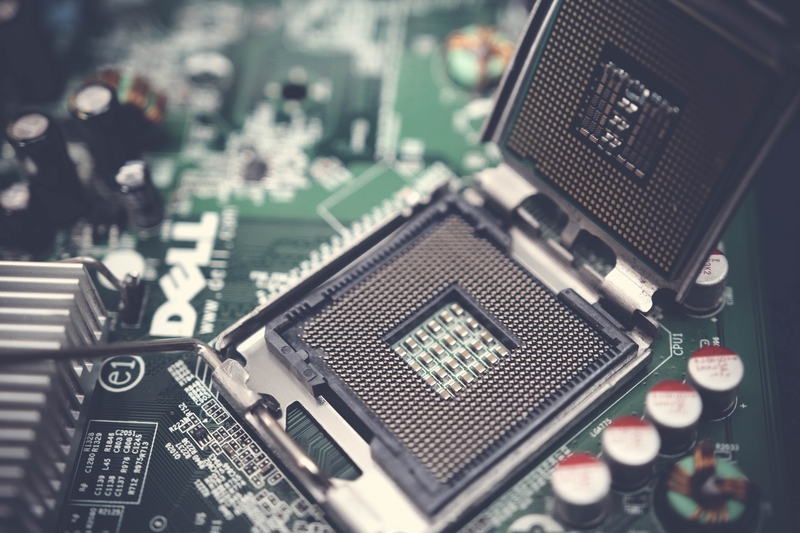
According to a recent press release, the Hong Kong Science and Technology Parks Corporation (HKSTP) is proud to witness another world’s first invention emerging from Hong Kong Science Park.
A long-standing partner company of HKSTP has launched a Touch and Display Driver Integration (TDDI) IC that is set to transform the touch and display technology for Passive Matrix OLED (PMOLED) panels.
The company’s patent-filed SSD7317 PMOLED TDDI IC integrates touch and display micro-electronics into a single chip, the first time this is achieved for use on PMOLED display panels. It delivers high-quality display and touch performance, and enables a thinner and lighter PMOLED touch and display module form factor, in addition to lowering costs and reducing manufacturing time and processes.
The Head of Electronics & ICT Clusters, Smart City Platform, HKSTP, applauded the latest achievement of the listed Park company. He noted that the company’s success in developing a revolutionary IC is yet another example that Hong Kong’s innovation and technology ecosystem has the talent and knowhow to develop world-leading innovations.
The company was founded in 1999 and is a leading semiconductor company providing display and touch IC products and system solutions on an international basis under its own global brand. Adopting a “fabless” business model, the Group specializes in the design, development and sales of IC products and system solutions that enable a wide range of display and touch applications for smartphones, tablets, TVs/monitors, notebooks and other smart devices, including wearables, healthcare devices, smart home devices, as well as industrial appliances, etc.
The company’s shares are listed on the main board of the Stock Exchange of Hong Kong Limited.
It was also noted that the company has been based at Science Park since 2003, and is amongst the first batch of companies to move into Science Park. Its success reflects HKSTP’s commitment to providing the right support for Park companies at different stages of their development and creating the ideal environment for Park companies to translate R&D results into real-life applications.
Extensive applications for innovative devices in the IoT era
The company’s new integrated IC enables in-cell touch detection on traditional PMOLED display modules with no modification required. It also supports four-zone touch detection, gesture identification and operation with gloves or wet fingers. It is anticipated to have wide applications for wearables, smart home appliances and healthcare devices, extending the applications of PMOLED technology to power the Internet of Things (IoT) devices.
The Company’s Corporate Vice President and Head of Advanced Display Business Unit stated that the ground-breaking innovation has set an important milestone in the PMOLED industry worldwide. He added that as a pioneer and a market leader of PMOLED display driver ICs, the company is ready to leverage this world’s first PMOLED TDDI IC to cater to surging market needs and push for further growth.

















